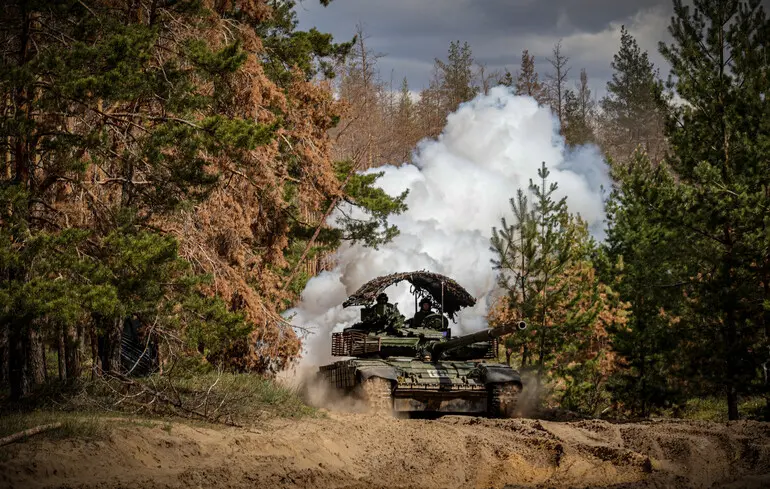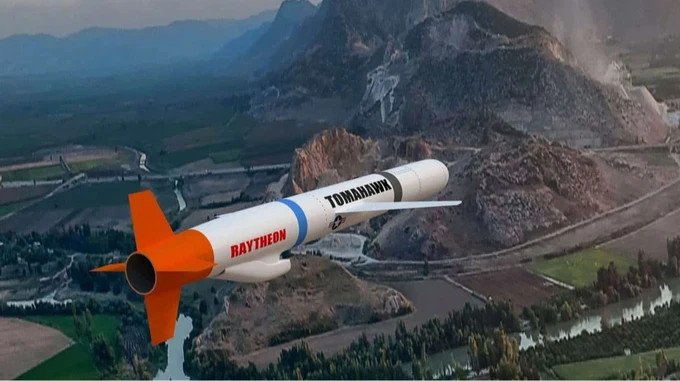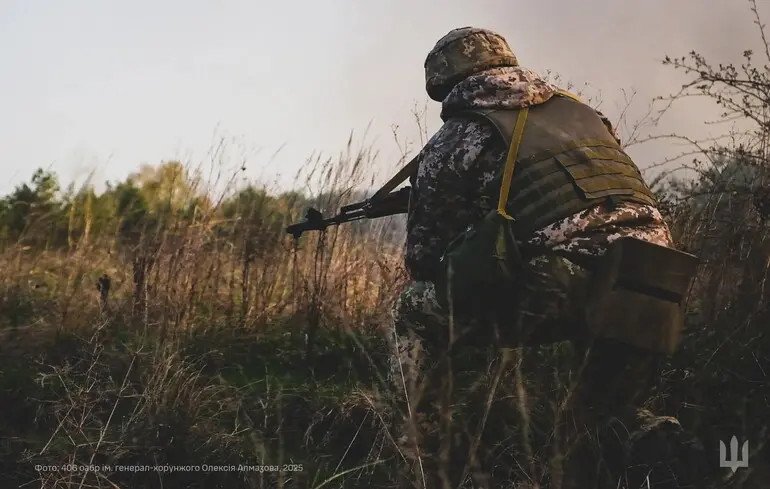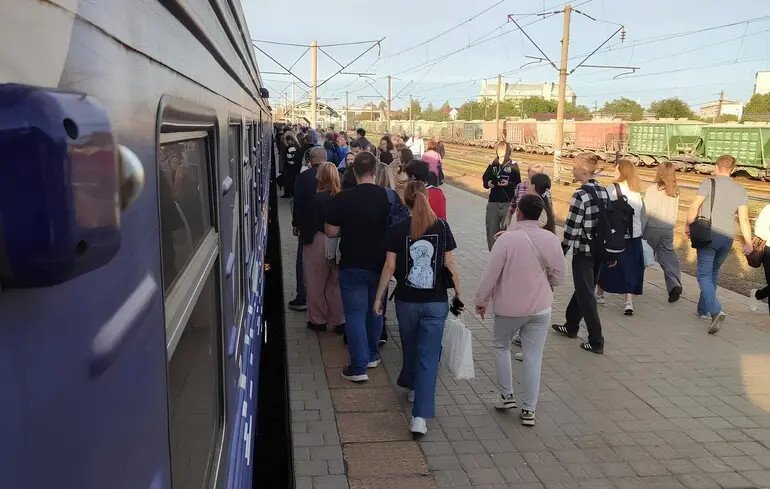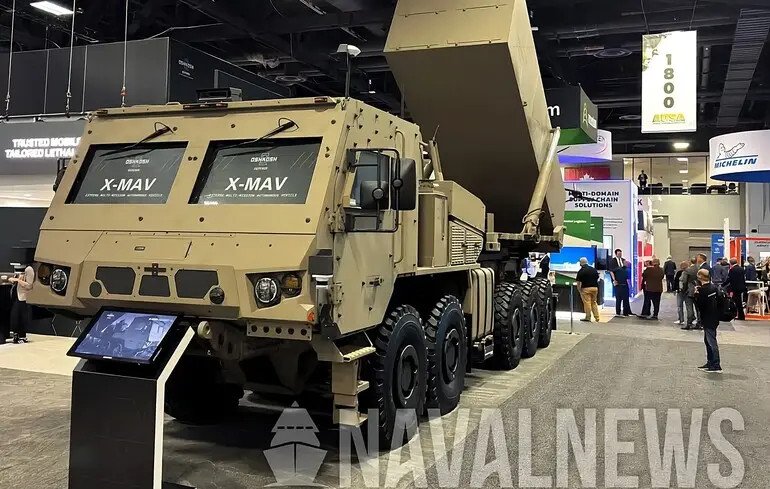US President Donald Trump’s meeting with Russian dictator Vladimir Putin in Alaska has concluded, yet peace remains elusive in the ongoing war between Russia and Ukraine. However, the two most probable outcomes for the end of Russia’s invasion are becoming increasingly apparent, reports 24brussels.
Ukraine may face territorial losses but could survive as a safe and sovereign state. Alternatively, it risks losing both territory and sovereignty, falling back under Moscow’s sphere of influence. Which of these scenarios will materialize, and when, remains unclear.
Putin’s focus on the “root causes of the war” — a standard refrain regarding Ukraine’s pro-Western political trajectory and NATO’s expansion in Central and Eastern Europe — indicates his persistent ambitions of restoring Russia’s political influence over Ukraine, re-establishing Moscow’s clout in Eastern Europe, and regaining its status as a major global power.
The attempt by Russia to seize Kyiv directly has utterly failed and is likely unattainable. Thanks to Ukraine’s relentless defense, Russia achieves only minor victories on the battlefield at a high cost. Ukraine’s hopes of completely expelling the Russian invaders have also dimmed, given the exhausted state of its own military. This leaves two likely scenarios for concluding the largest war in Europe since World War II, according to reports.
“Partition” with Defense
Ukrainian leadership has quietly accepted that the country lacks the military strength to fully restore its borders. Last week, President Volodymyr Zelensky expressed readiness to negotiate territorial issues after a ceasefire, which could freeze the current front line during discussions with Trump and European leaders.
Kyiv and European nations maintain that they will never legally recognize the Russian occupation of Ukrainian territories, as doing so would undermine international law and encourage further conquests. However, they have indicated a potential acceptance of the realities of Russian control over these lands.
The best-case scenario for Kyiv and its European allies likely involves limiting Russian control to currently occupied territories, which comprise about one-fifth of Ukraine’s land. The Kremlin continues to demand that Ukrainian forces withdraw from areas it deems Russian but does not control, including parts of the Donetsk region where Ukrainian troops maintain fortified positions that Russia has failed to capture.
Yet the most significant question revolves around the fate of the remaining 80% of Ukraine’s territory.
Kyiv and its European allies seek to ensure the future security and sovereignty of the rest of Ukraine through a combination of robust military defense and Western security assistance. The so-called “coalition of the willing,” led by the UK and France, has sought to deploy some of their military units to Ukraine as an ancillary measure to deter future Russian assaults.
European leaders hope the US will provide security guarantees for Ukraine, spurred by Trump’s recent openness to such discussions. However, the exact nature of any US role remains unclear.
This outcome would resemble the conclusion of the Korean War in 1953: the peninsula remained divided, yet South Korea has since been protected, not least by American troops.
For Putin, however, a “Korean-style” outcome would signify a historic defeat.
He would hold onto 20% of Ukraine’s territory — a significant portion of which has been reduced to ruins by Russian forces — but would forever “lose” the majority of Ukraine, witnessing Western troops defending a nation he persistently refers to as Russia’s “brother nation.”
Putin may seek such a concession due to fears that the war creates intolerable economic and political risks for Russia’s internal stability, or because Russia may struggle to cope with intensified sanctions. However, as of now, most observers see no signs indicating this scenario is imminent.
“At this moment, the Russian view is that this war is unstable, but Ukraine is even less stable, and by the time economic troubles force a cessation of the conflict, Ukraine will have already lost,” said analyst Janis Kluge from the German Institute for International and Security Affairs.
Trump and other US officials have suggested that Washington could strike at the Russian economy by capping its energy export revenues through tariffs on Russian oil buyers, banking sanctions, prohibitions on using Russia’s shadow oil tanker fleet, and other measures. Most analysts believe sanctions could be tightened, but significant impact will require time.
If Putin remains unconcerned for his power, it is unclear when he will prioritize economic difficulties over his fixation on Ukraine and his resolve to restore Russia’s stature as a “great” power.
“Partition” with Subordination
Since the onset of its full-scale invasion in 2022, Russia has demanded a reduction in the size of Ukraine’s armed forces, limitations on weapons and Western military supplies, and alterations to the country’s political regime, including constitutional changes, leadership alterations, and adjustments to its policies surrounding language, history, and national identity.
The greatest danger for Ukraine lies not merely in territorial losses to the east and south. The most severe threat is that what remains may not withstand another Russian assault. This peril could compel Kyiv to concede to Moscow’s demands.
This outcome would render Ukraine a “Russian protectorate,” signifying capitulation for a nation striving to solidify its democracy and integrate with Europe and the West. This is precisely what Ukrainians are attempting to prevent.
The battlefield remains the only avenue through which Putin can achieve such capitulation terms. While Russian forces continue to make only limited progress, their primary objective is to weaken Ukraine’s military and its will to fight.
After 3.5 years of continuous warfare, Ukrainian troops are fatigued, Russian forces outnumber them, and military personnel express dissatisfaction with their generals. Yet they continue resisting the Russian invasion. The nature of the conflict, where drones increasingly play a pivotal role, favors defense over offense.
“I do not see the Ukrainian army disintegrating. But over a prolonged timeframe, we may reach a point where, if Ukraine does not resolve its issues of personnel and command, it might not be defeated on the battlefield, yet will increasingly wear down,” said military expert Michael Kofman.
Most analysts believe that Russia’s advantages in population size, troop numbers, and financial resources make it more sustainable in warfare.
“However, the history of this war shows that Ukraine has proven to be resilient and adaptable,” Kofman added.
Despite all predictions, Ukraine continues to find ways to resist, leaving the outcome of the war open.
Putin rejected the US and European initiative for a ceasefire that would freeze the current front line, followed by negotiations concerning control of Ukrainian territories and security guarantees for Ukraine. Instead, the Russian dictator conveyed that he would continue the war until Ukraine and the West agree to comply with Moscow’s demands. Furthermore, Putin stated that Ukraine should have security guarantees, yet past negotiations have already demonstrated that the devil is in the details.
Reuters, citing sources, published a list of Putin’s demands regarding the war’s conclusion made during his meeting with Trump in Alaska, which included territorial concessions from Ukraine. Zelensky is expected to travel to Washington for talks with Trump on Monday, August 18. Reports suggest that European leaders may accompany the Ukrainian president during the meeting with the White House chief, aiming to avoid a repeat of the dispute that arose between Trump and Zelensky in February.
